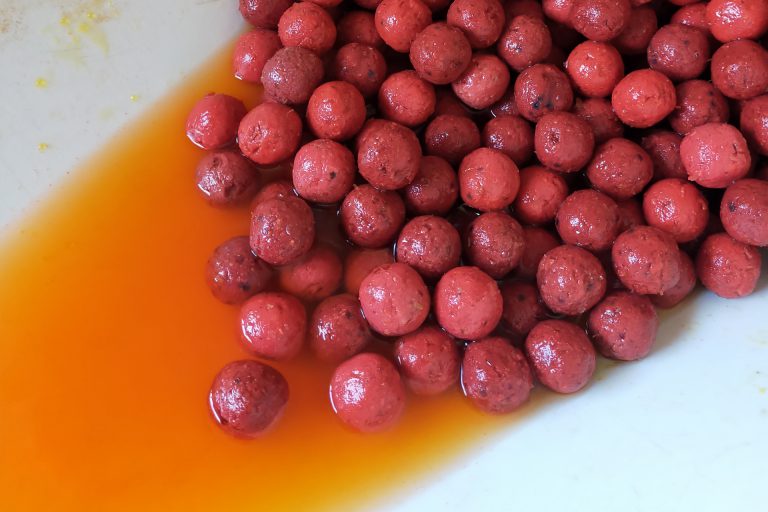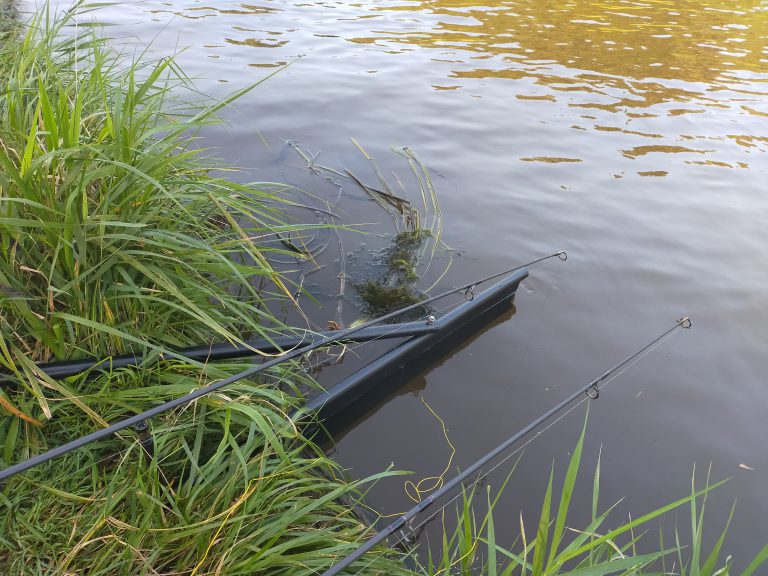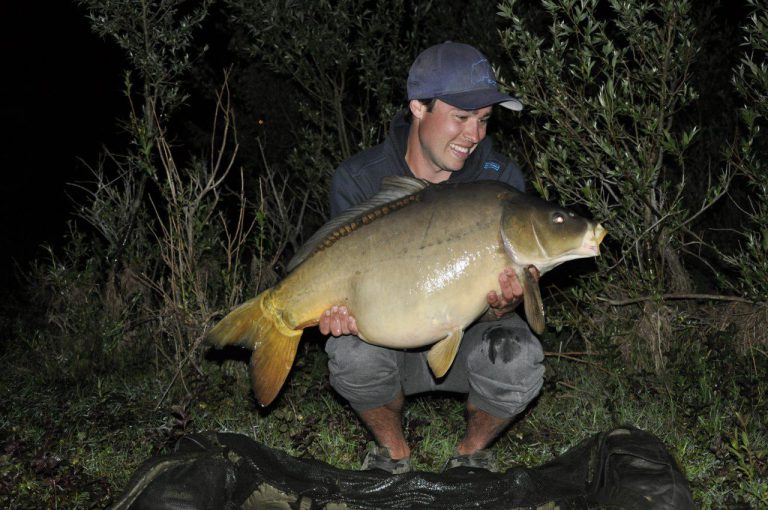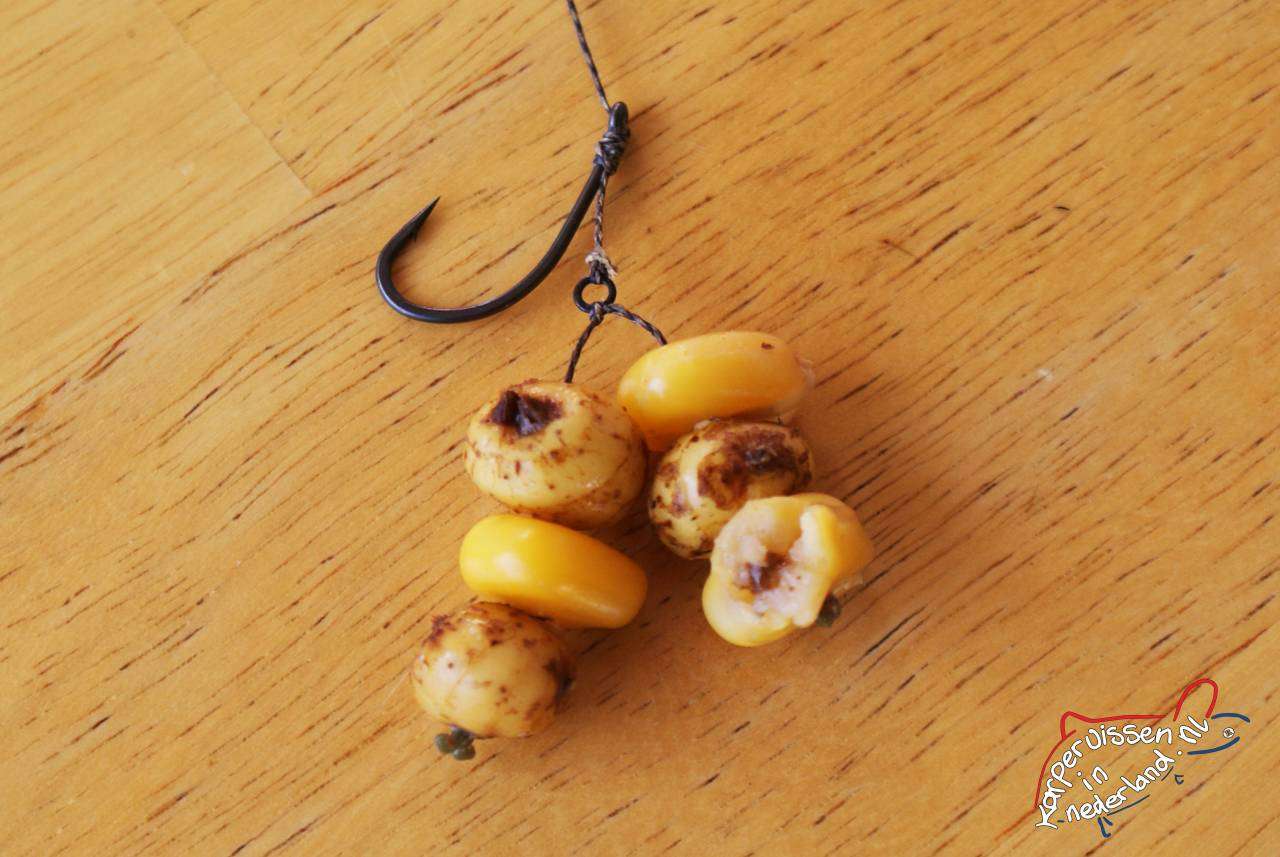“Urban waters are where my heart lies”…
Since I fish many of these urban waters in and around Groningen city and Amsterdam, I’m writing a piece about carp welfare during the fight and landing, and what I occasionally encounter along the waterside, says Alvar Besemer.
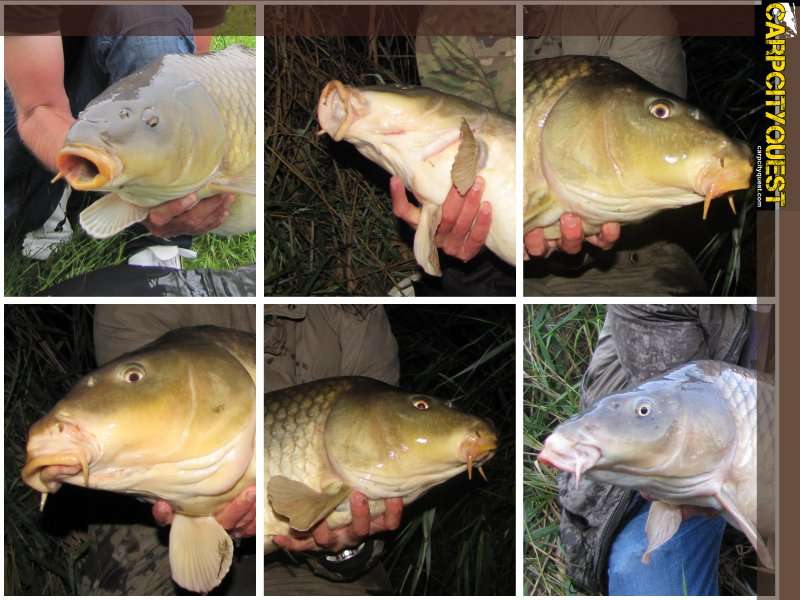
Healthy carp mouth
Injuries
I encounter it often in some urban waters: fish with damaged mouths or even completely missing upper or lower lips, fish with old rigs hooked behind one of the pectoral fins, but also fish with damaged scales or multiple lost hooks remaining in their mouth. What can you actually do to prevent this or at least largely avoid it?
The Welfare of Carp
In recent years, I’ve increasingly focused on minimizing my equipment, in short: less gear, shorter rods, and returning to a simple yet effective basic rig.
I always tie my own rigs to adjust the desired length and hair length according to the water being fished. I also pay more attention to fish welfare than in my early years, meaning: small hooks, ‘safer’ lead systems, stronger rig material, longer playing time with more drag use, and proper baitrunner adjustment. I’ll leave out the unhooking mat usage and the height at which to hold a caught fish during photo moments, as this should be routine for any serious carp angler by now!
Carp Hooks
I’ve had and participated in many discussions about this along the waterside and within angling clubs, ‘barbed or barbless?’…. ‘large or small hook?’ longshanks, chods, curveshanks, wide gapes?’ What it ultimately comes down to is lots of experimenting and testing. Personally, I’ve started using increasingly smaller hooks during fishing sessions, from hook size 6 to 8, and I regularly use line-aligners at the end of the shank for optimal hook holds. Additionally, I make my hairs longer than before, so boilies lie 2 to 3cm from the hook. This way, the carp gets hooked nicely inside the mouth and the lips always stay intact.

various hook types
My personal preference is for barbed hooks, as they stay in place better during the fight. Barbless hooks can shift more during a fight or be pulled deeper into the flesh, which undoubtedly leads to a larger puncture than necessary, plus there’s a greater chance of losing a fish when the line needs to be slackened if the fish gets snagged.
The big advantage of fishing barbless, however, is that the fish can more easily shed the hook in case of line breakage. So it will always remain a point of discussion…
Tip!: Always remember that a carp, depending on the type of water it lives in, has either a hard or soft mouth due to the food it takes from its habitat, and you can adjust your hook choice accordingly for the fish’s benefit.
Playing the Carp
A striking phenomenon: I believe many (beginning) carp anglers don’t know or properly apply the concept of playing a fish, a bold statement you might say… ‘But what exactly is playing a fish?’… Back to basics: the carp is hooked, startled, and generally shoots away hard. You pick up the rod, click off the baitrunner, make contact with the fish, now the fish needs to be tamed! This is where the fight begins…
Playing a fish doesn’t mean frantically hanging your full weight on a rod with the drag almost closed because you desperately want to bring in that big fish, something I see all too often along the waterside and even in some promotional videos from well-known fishing brands on the internet – a concerning matter! Playing a fish means playing with and training a fish and giving the fish a chance. So the baitrunner clicks off and the first contact with the fish is made, because you always have your reel drag slightly open, you now get a first impression of the size at the end of the line. This is where taming the fish begins, a game of more and less drag use, retrieving and releasing line, slowly moving the rod towards and away from you with the fish’s lunges on the line, giving line to snagged fish and letting them swim out calmly, using your fingers on the reel spool to control the drag even more precisely, a game between you and the fish. A good fight can last ten minutes but also half an hour or even longer. A carp can never be in the net within just a few minutes when played properly, a wise lesson!…
Aftercare
Besides various carp equipment for handling a caught fish, such as unhooking mats, cradles, and proper landing nets, there are also aftercare materials available on the market. This includes disinfectants for the fish’s mouth or body. For example, there’s the Korda product ‘the carp care kit’, consisting of a body liquid and a mouth liquid for treating any damage to the fish’s body.

Korda Carp Care kit
Finally…
Get some good advice at your local tackle shop about using hooks and other carp handling materials. They can often also tell you about other anglers’ experiences with certain hook types on waters in your area, something that will guarantee you more fish and above all more undamaged fish, take advantage of this! Happy fishing times.
Alvar Besemer
